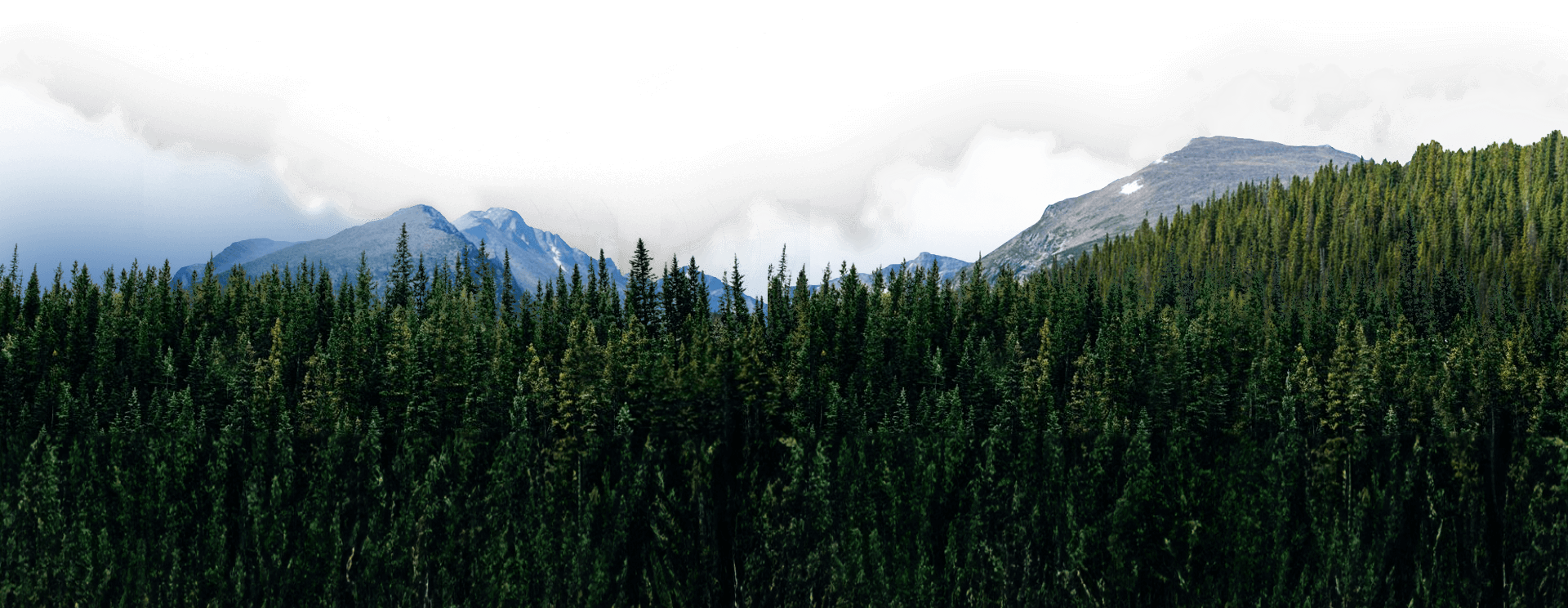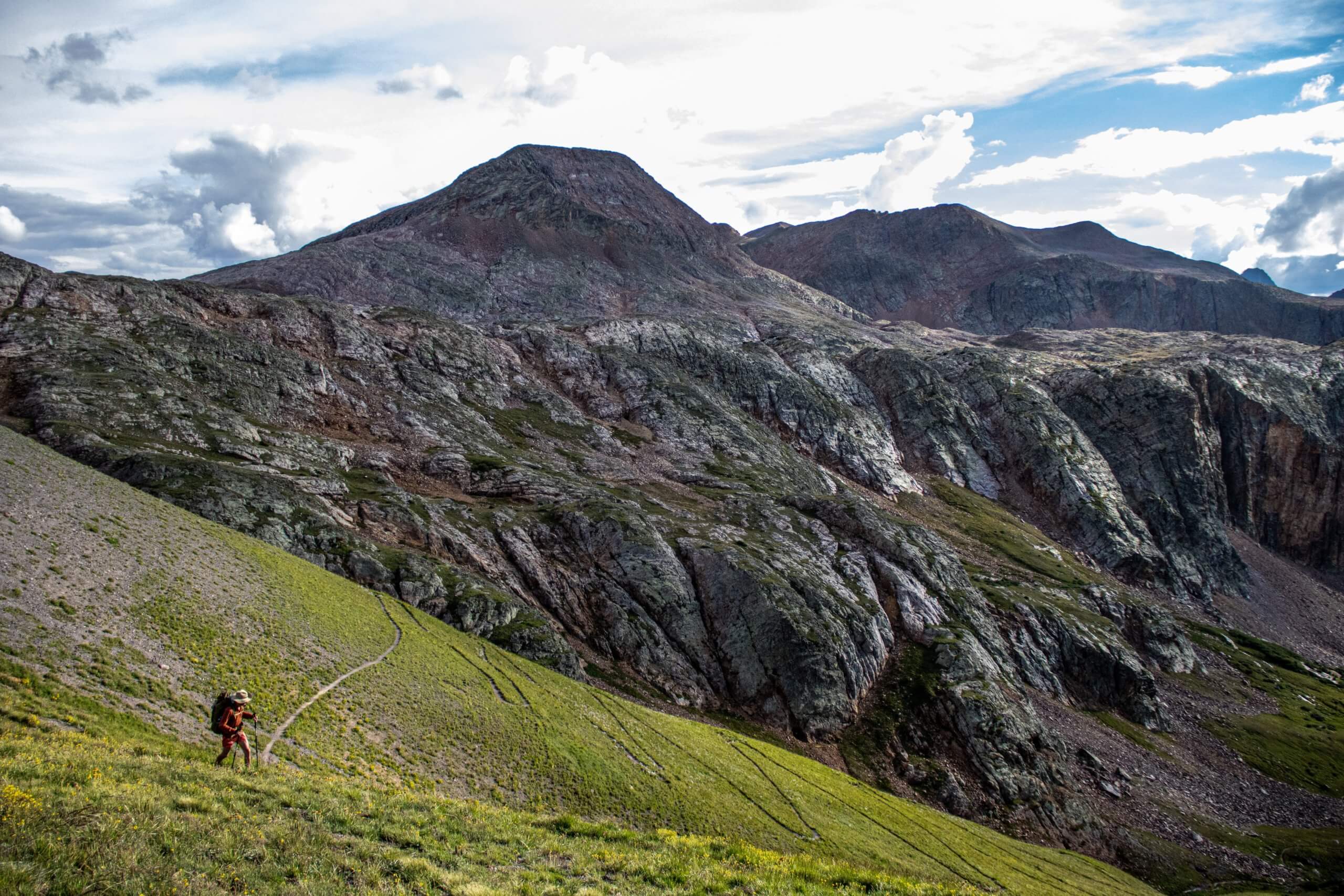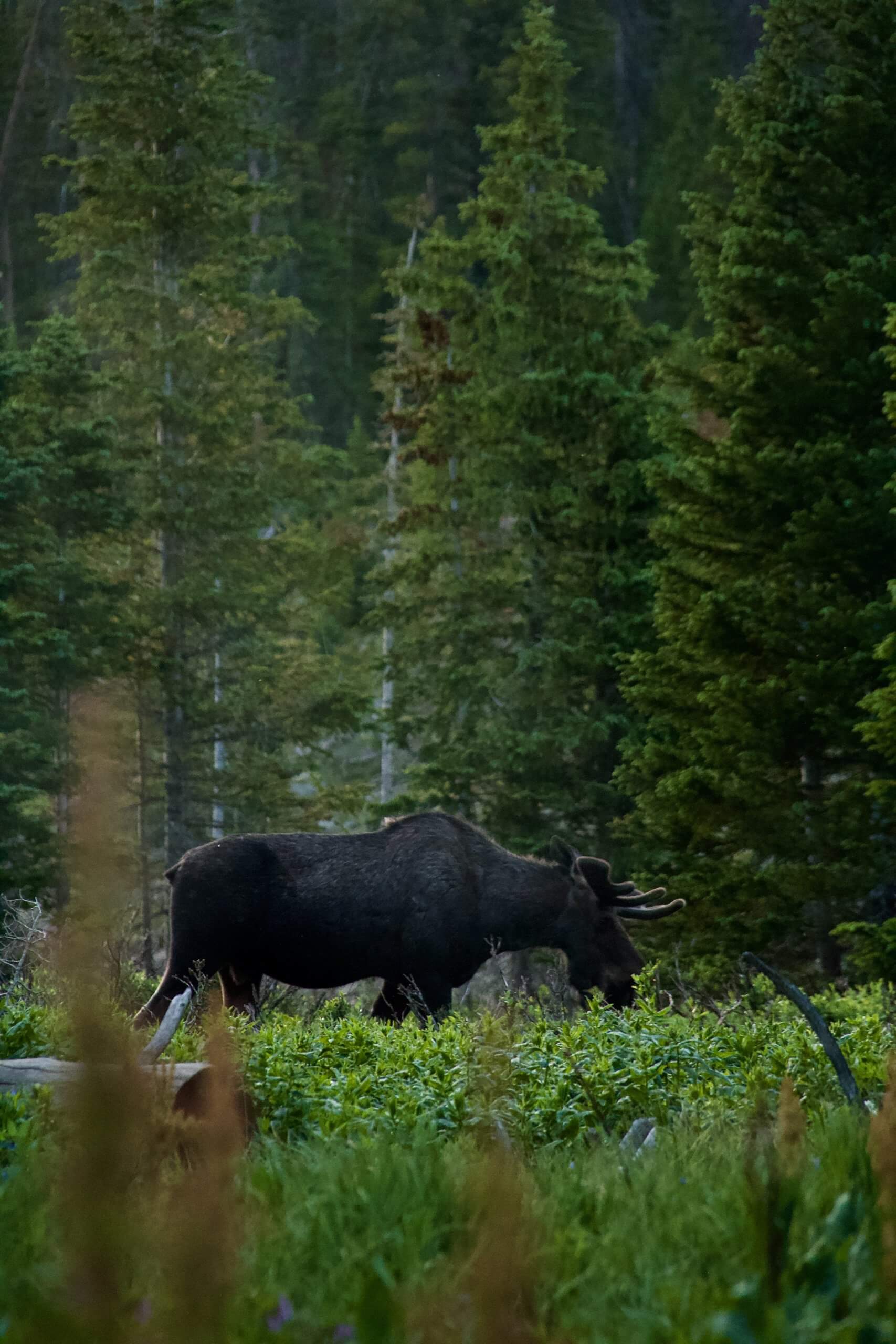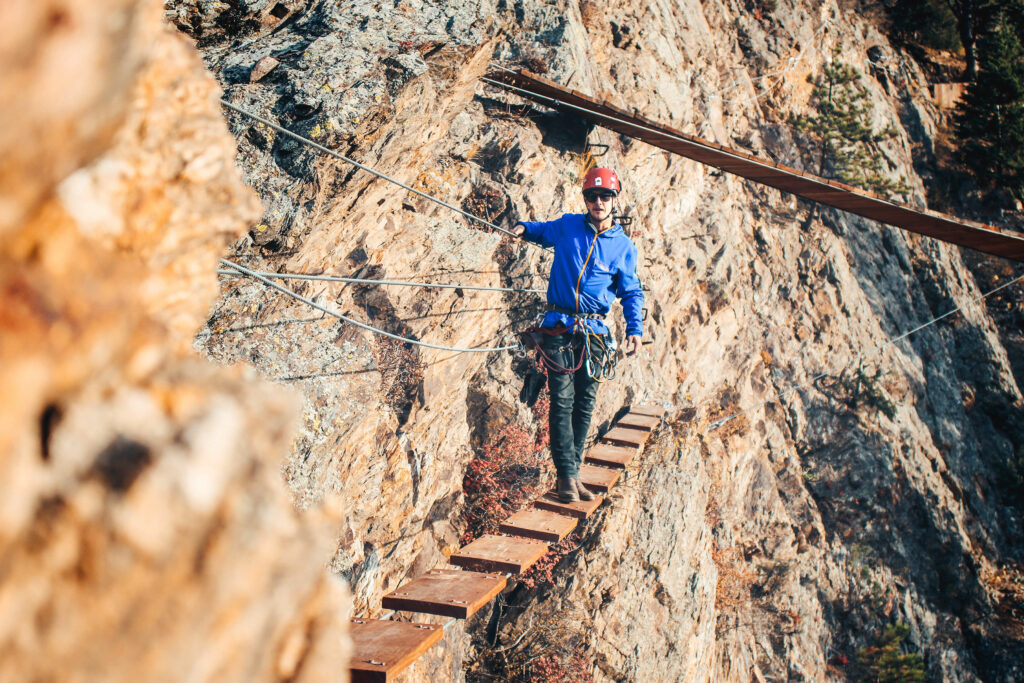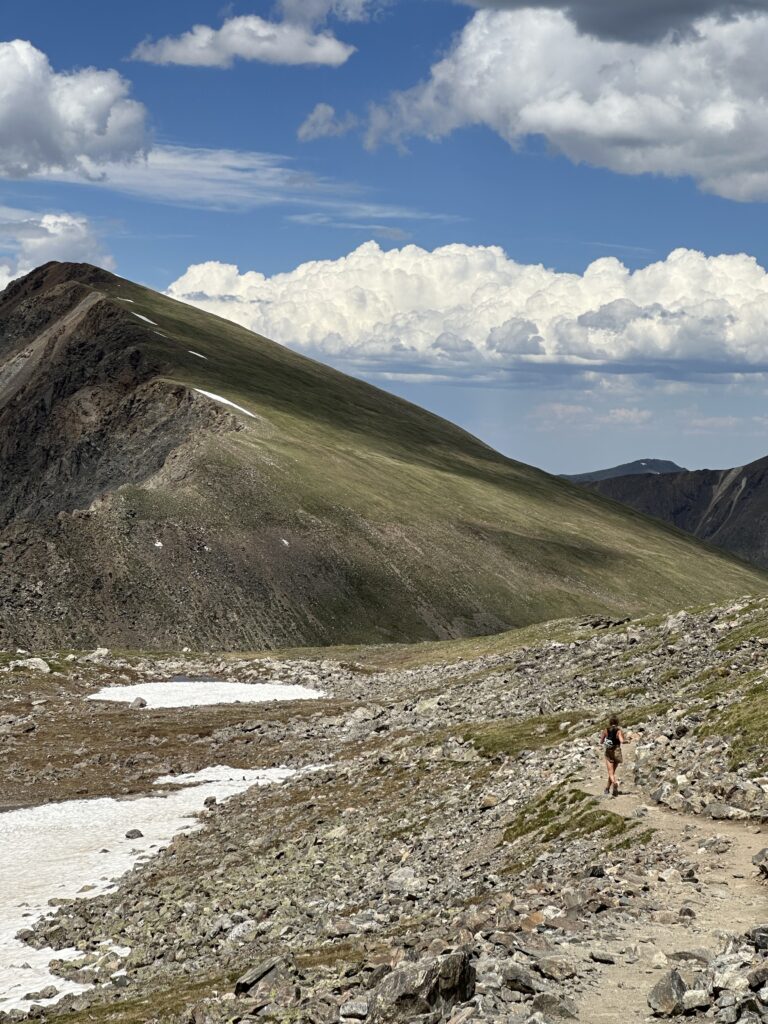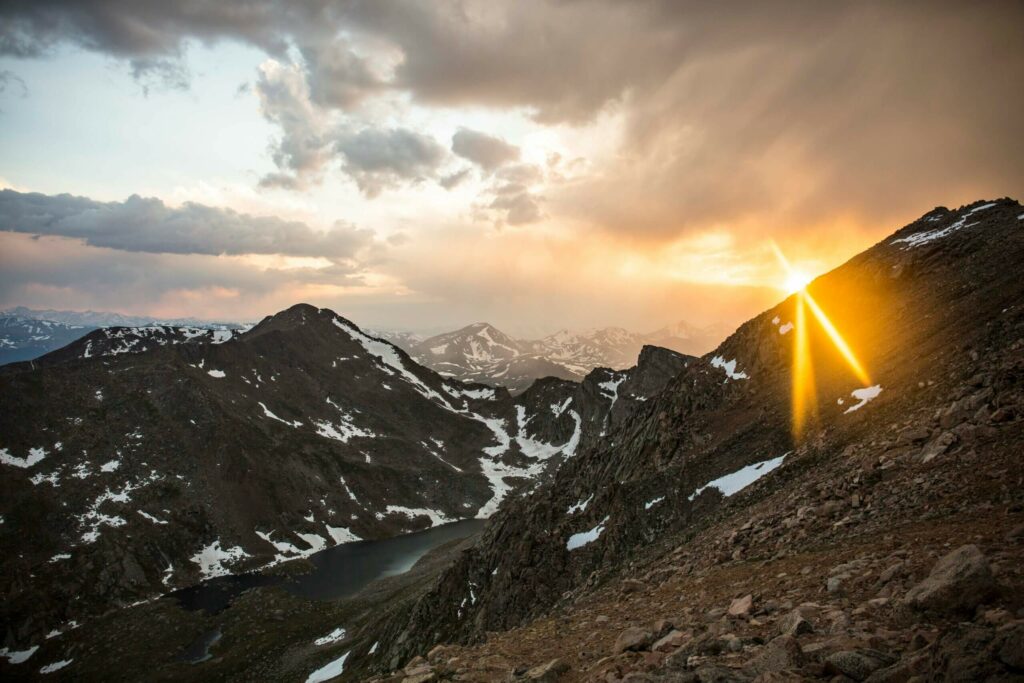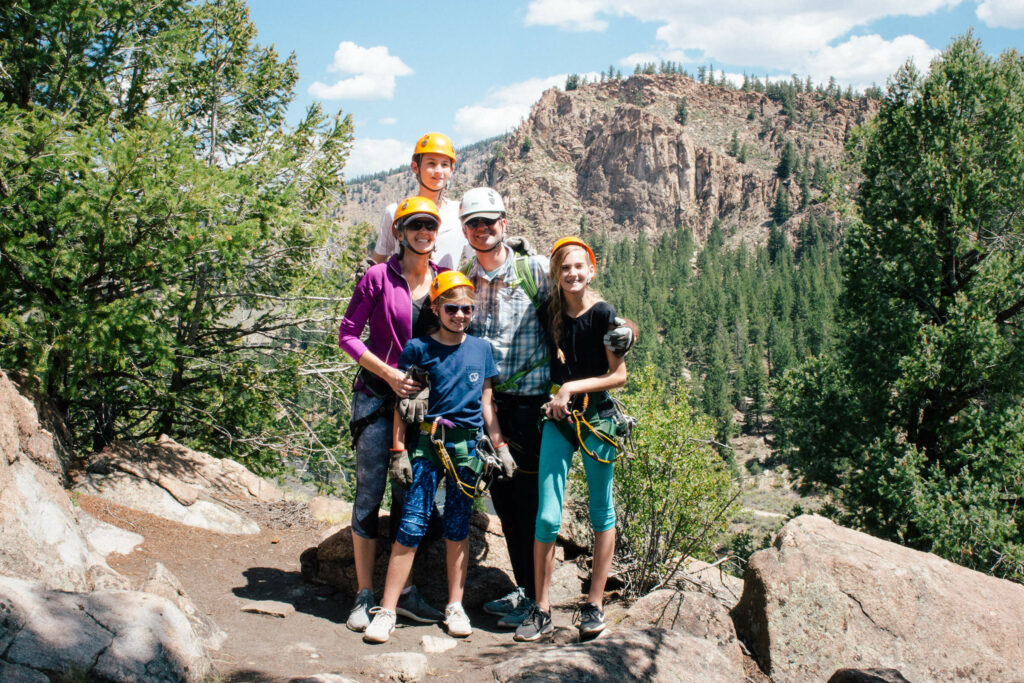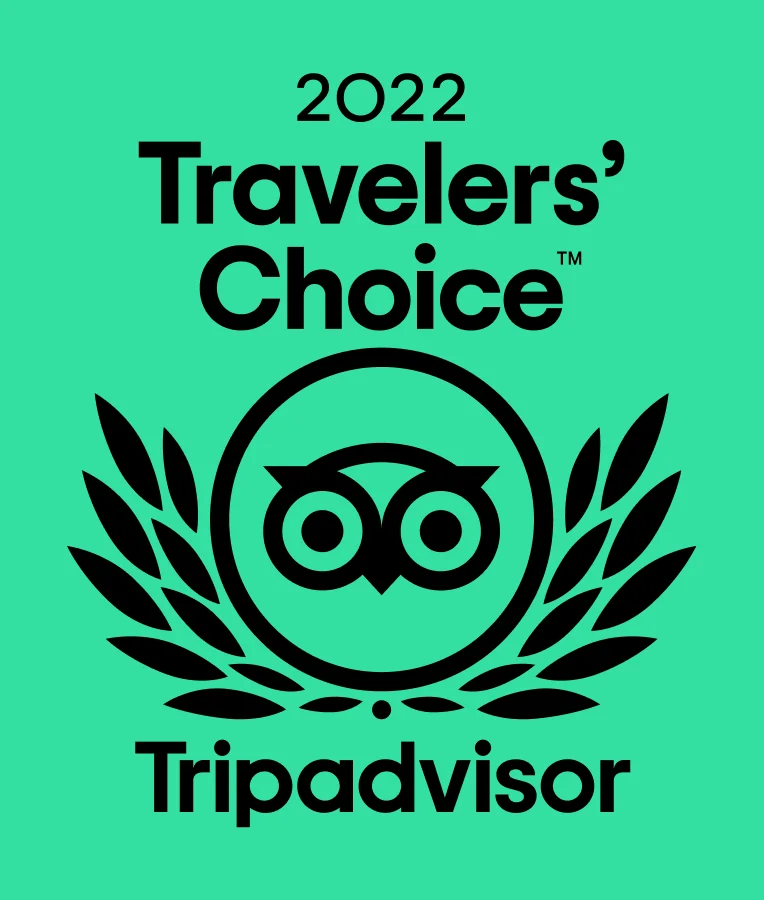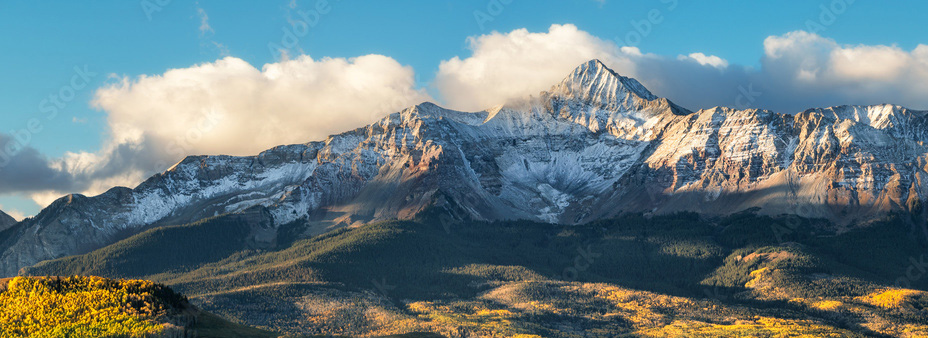Outdoor adventures are a main draw for tourism within Colorado and have many positive impacts, including a healthier lifestyle, reduced stress, and community building.
According to the Outdoor Participation Trends Report released in 2022, more Americans than ever before participated in outdoor recreation activities in 2021 and the diversity among those who participated continues to increase. This means that, overall, more people are getting outside and gaining exposure to the outdoors!
Because Colorado has so many opportunities for outdoor recreation, with the outdoors being integral to Colorado’s identity and economy, it is important to keep in mind how recreating can affect local wildlife and ecosystems.
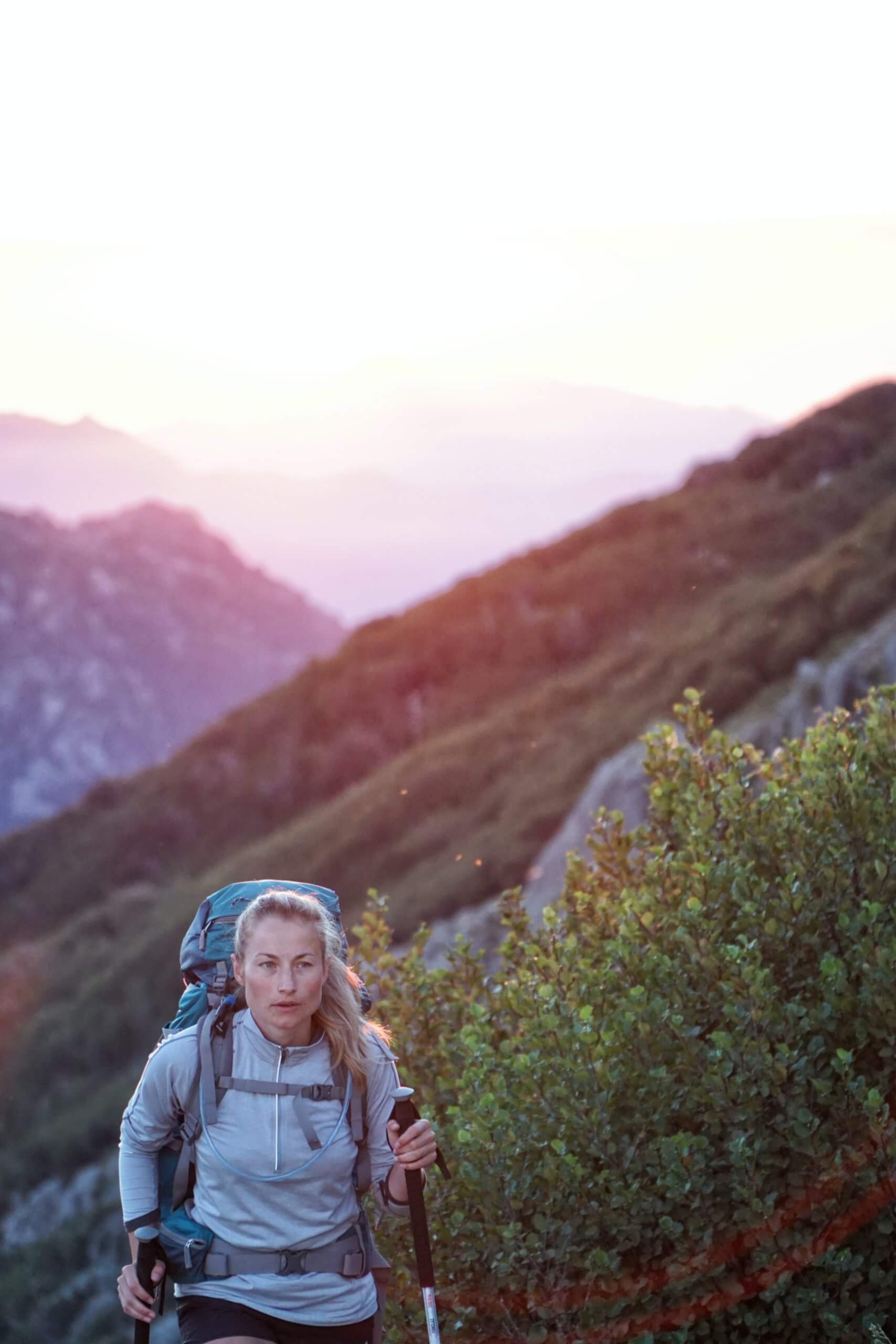
Colorado’s current population rests at 5.8 million and is estimated to reach 8 million by 2050. This increase will likely dramatically affect Colorado’s wildlife and ecosystems, in that, as the population grows, so will the number of participants in outdoor recreation activities.
In order to keep up with this growing population and demand for recreation opportunities, Colorado Parks and Wildlife estimates that nearly 3,500 more miles of new trails will need to be added to Colorado’s already established 39,000 miles.
This means that is more important than ever for outdoor enthusiasts to understand how to sustainably appreciate and partake in our state’s greatest resources.
Trail-based recreation activities, such as horseback riding, ATVing, and mountain biking can increase stress levels in native wildlife, decrease habitat, and increase invasive species in an area and degrade an entire ecosystem.
In all areas, outdoor adventures and the construction of trails can fragment habitat, displace wildlife, introduce and spread invasive species, and decrease diversity and reproduction rates in big game animals. Studies suggest that snow sports may have an even larger impact.
To help protect wildlife, conservation and recreation must work together to benefit both people and the outdoor ecosystems we love. With this goal in mind, more education is needed on what we can do to minimize our environmental impact.
Overall, expanding designated wilderness will help restore fragmented landscapes and will provide protection against future development and human disturbances. Intact blocks of habitat that are abundant in foliage and cover, as well as established migration areas should remain protected. Trail development should be limited to areas where human activity and trail densities are already high, instead of expanding into undisturbed areas.

More education on sustainable practices and conservation is needed
We don’t need to stop adventuring outdoors in Colorado, but if we don’t change the way we do it, Colorado can be negatively impacted. Additional strategies to mitigate environmental damage include:
• Increased education on conservation and responsible adventure
• Staying on established trails
• Keeping dogs on leashes
• Minimizing excessive noise
• Respecting animals and maintaining a distance
• Reducing vehicle/ATV speed
• Implementing and utilizing boot washing stations at popular trailheads to decrease the transportation and spread of invasive species.
• Practicing Leave No Trace principles

Finding and maintaining this balance between recreation and conservation will prove difficult, but through research and cooperation between government and private landowners, it is possible that we can continue to enjoy the outdoors sustainably.
With these principles in mind, AVA is proud to support conservation efforts across Colorado, as we continue to provide Via Ferrata and other outdoor recreation opportunities for both visitors and tourists. We believe in the continuation of outdoor recreation through sustainable practices, allowing everyone to experience Colorado’s natural beauty for years to come!
About the Author
Tiffany Weber
Tiffany is a contributing member of the Sales & Marketing department. She resides in Georgetown, CO with her fiancé and two 14-year-old dogs. They like to go for walks along Clear Creek and Georgetown Lake as well as the hiking trail located just behind the house. She also enjoys true crime podcasts and visiting with her parents up in Fort Collins.
Edited by Rosa Canales, Marketing Specialist
